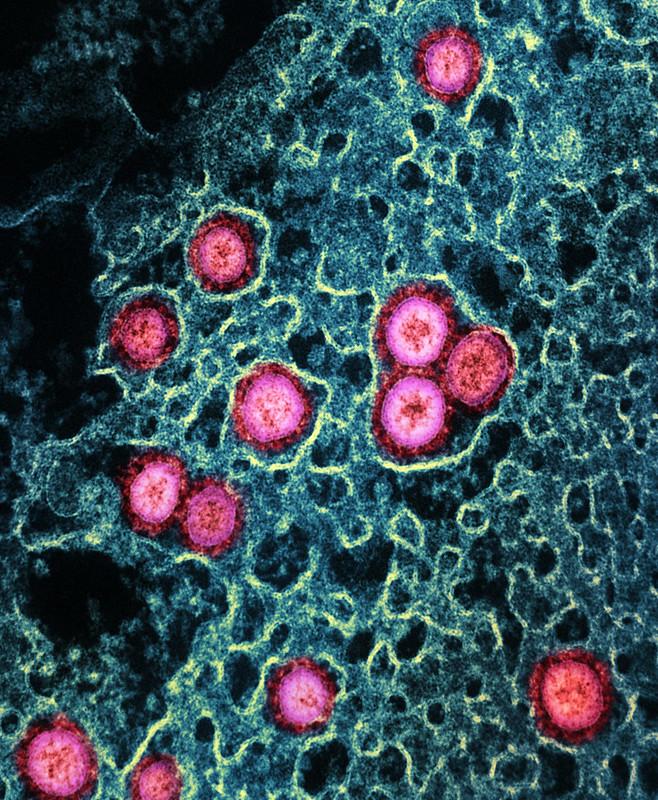Some parts of Asia are now experiencing surges in BA.5 Omicron subvariant activity, as levels decline in earlier affected countries, keeping global cases steady at a high level, the World Health Organization (WHO) said today in its latest weekly update on the pandemic.
In other global developments, two studies in Science presented the strongest evidence yet that the market in Wuhan was where SARS-CoV-2 emerged from activities related to the wild animal trade.
Japan reports record high
At a WHO briefing today, Director-General Tedros Adhanom Ghebreyesus, PhD, said the pandemic is far from over, noting that deaths have been on the rise over the past 5 weeks, and several countries are reporting increasing hospitalizations in the wake of Omicron subvariant waves.
He warned that even in countries that have reached 70% vaccination coverage, pockets of unvaccinated health workers, older people, and other risk groups will continue to put pressure on health systems and put global recovery at risk. "This is not theoretical, this is real," Tedros said.
In its weekly update, the WHO said about 6.6 million new cases were reported last week, about the same as the previous week. However, cases rose in three WHO regions: the Western Pacific, the Eastern Mediterranean, and South East Asia.
Hot spots in the Western Pacific region include Japan, South Korea, and Australia. Japan today reported its highest daily total of the pandemic, passing 209,000 for the first time, as its seventh wave intensifies, according to Kyodo News.
In the Eastern Mediterranean region, cases rose sharply in Iran, Tunisia, and Iraq, and in South East Asia, the pace of new cases is high, especially in Sri Lanka, Nepal, Myanmar, and Indonesia, the WHO said.
Regarding variant spread, the Omicron B.4 and B.5 subvariants are still dominant, with prevalence that remained stable compared the week before.
Evidence points to market role in virus spread
Regarding the new Science studies, one from a group led by Michael Worobey, DPhil, of the University of Arizona at Tucson, is based on spatial and environmental analyses. The other, from a team led by Jonathan Pekar, a doctoral student at the University of California, San Diego, is based on genetic analyses. Both point to the Huanan market as the epicenter for the emergence of SARS-CoV-2.
The two groups said SARS-CoV-2 was very likely present in live animals such as red foxes, hog badgers, and raccoon dogs sold in late 2019 at the market, where it likely spilled over to people working and shopping there in two separate virus introductions.
In the first study, the group looked at the locations of more than 150 of the earliest cases and found that the highest density was around the market, with cases clustering tightly around the market in the beginning of the outbreak then becoming widely dispersed.
Analyzing social media "checkins," they identified cases in other parts of Wuhan that radiated from the market as the outbreak progressed. They note that several plausible intermediate host animals were sold at the market at least until November 2019. Using data from market surface samples, they identified five stalls that probably sold live or freshly butchered animals, and proximity to those vendors helped predict the human cases.
In a Scripps Research Institute press release, coauthor Joshua Levy, PhD, said there has been broad agreement that the Huanan market amplified the early spread of the virus. "But what our data show is that the market was also the early epicenter and very likely the place of emergence," he said.
In the second study, the team examined genetic SARS-CoV-2 diversity from samples collected early in the pandemic, identifying two lineages that marked the pandemic's beginning in Wuhan. Lineage B was found only in genomes of people who had direct links to the market, whereas lineage A was found only in people who lived or stayed close by.
Using modeling and simulations, they said two separate introductions were likely, with lineage B first appearing in humans sometime between late October 2019 and mid-November 2019 and lineage A introduced just days or weeks before the event.
Kristian Andersen, PhD, co-senior author of both papers and who is with the department of immunology and microbiology at Scripps, said, "To more fully understand the origin of SARS-CoV-2, we need to more fully understand events upstream of the Huanan market, which will require close international collaboration and cooperation."





















